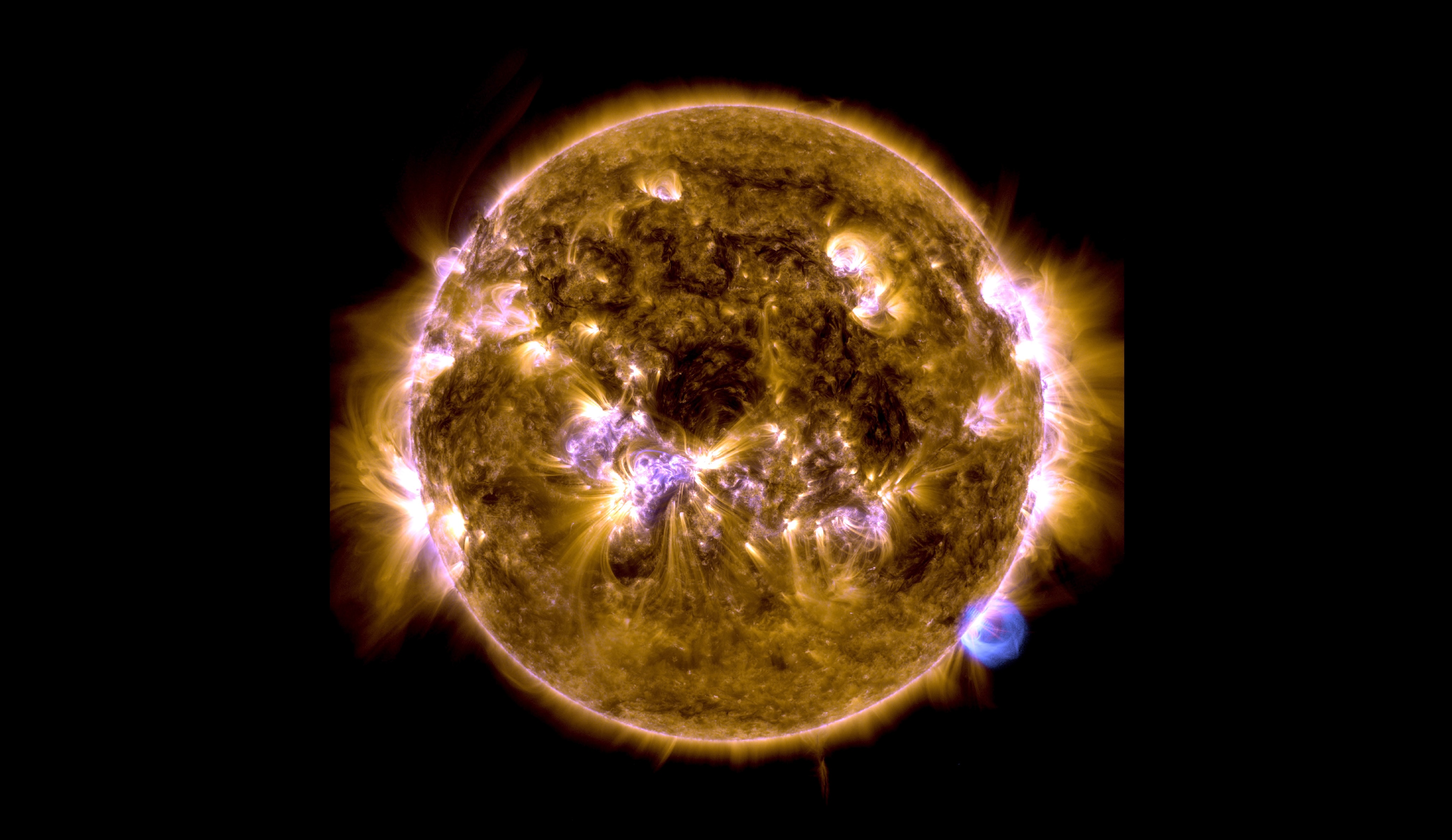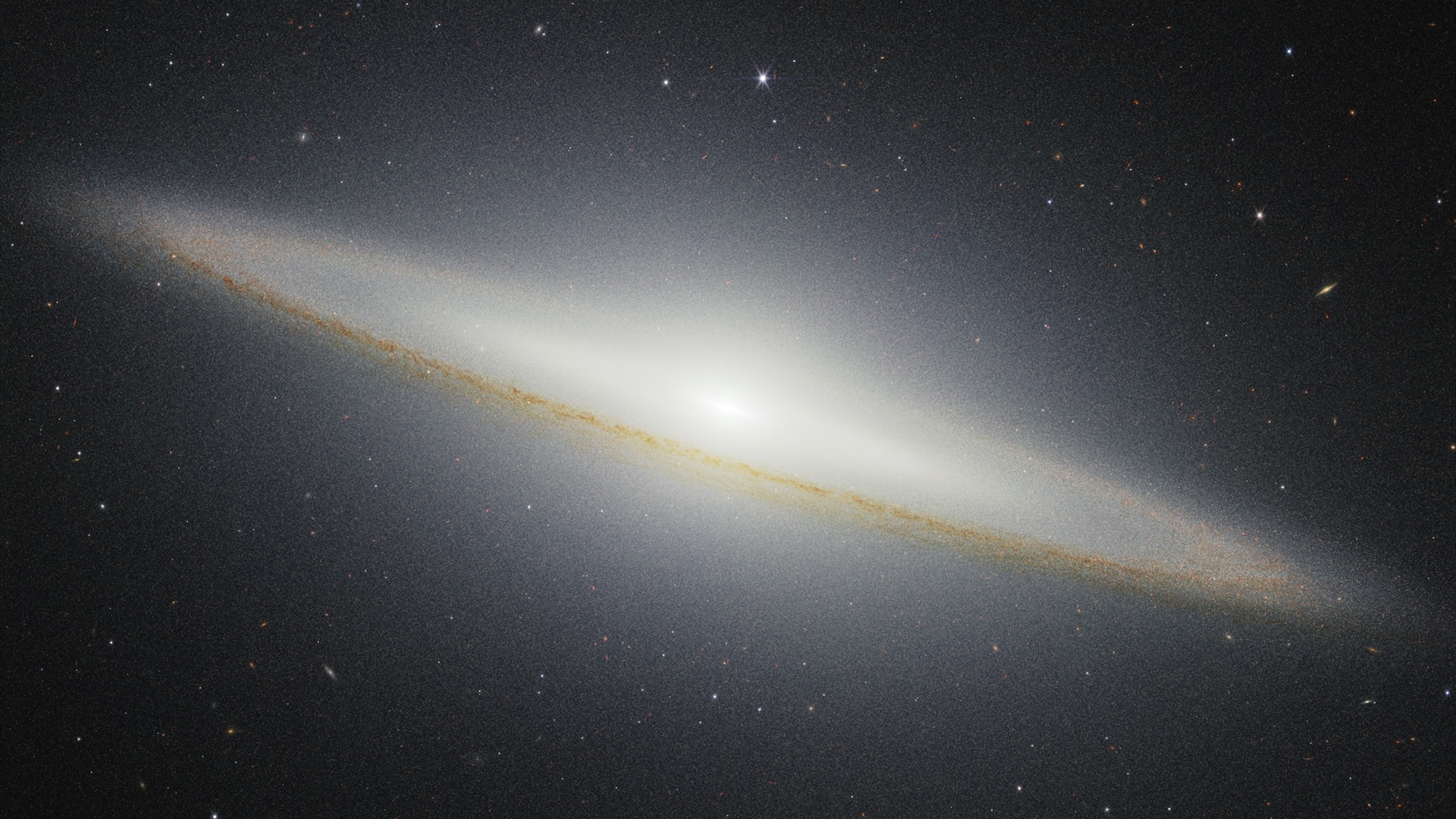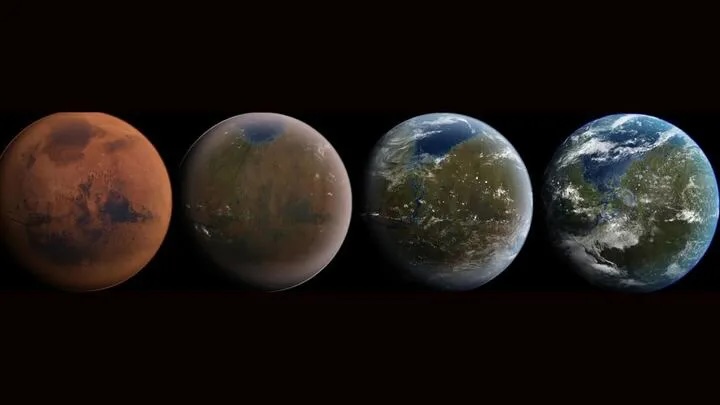Quick facts
What it is: The Sombrero Galaxy (M104), a peculiar galaxy
Where it is: 30 million light-years distant between the Virgo and Corvus constellations
When it was shared: June 3, 2025
Sequels are never as good as the originals, right? That certainly doesn’t apply to the James Webb Space Telescope (JWST), whose latest image adds a new dimension of data to its spectacular 2024 image of the enigmatic Sombrero Galaxy.
Galaxies are a mix of stars, gas and dust. How these three ingredients interact explains how galaxies evolve. However, to image all three ingredients requires shooting in different wavelengths of light.
Cue JWST, which is able to collect longer, redder wavelengths of infrared light than optical telescopes like the Hubble Space Telescope. In December 2024, JWST shot the Sombrero in the mid-infrared for the first time, using its Mid-Infrared Instrument (MIRI) camera to reveal an elegant structure with a smooth inner disk.
Related: 42 jaw-dropping James Webb Space Telescope images
Now comes part two, this time using Webb’s NIRCam (Near-Infrared Camera) instrument. The new data reveals light from stars that were previously blocked by dust. In this new image, the dust glows, revealing clouds of interstellar matter as well as red giant stars.
While Webb’s instruments pick up red giants in both the near-infrared and mid-infrared wavelengths — making them stand out clearly in the images — hotter blue stars emit light mostly in the visible and near-infrared spectrum, causing them to fade from view in Webb’s images at longer wavelengths.
The galaxy also appears to have a warped inner disk and contain about 2,000 globular clusters — balls of ancient stars — in its halo. Since these clusters are chemically different from their galactic companions, it’s probable that the Sombrero has a chaotic past, having merged with several smaller galaxies in its history.
The new NIRCam data adds another layer of detail to a galaxy first documented 244 years ago. Originally observed in 1781 by the French astronomer Pierre Méchain, the Sombrero galaxy (also known as Messier 104 or M104) has long intrigued scientists due to its distinct, edge-on shape and luminous central bulge. Most galaxies’ structures can be categorized as spiral, elliptical or irregular, but the Sombrero is classed as peculiar.
For more sublime space images, check out our Space Photo of the Week archives.













